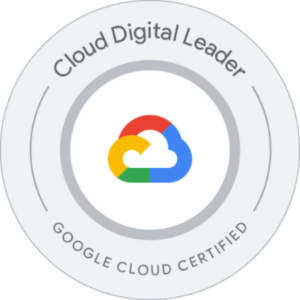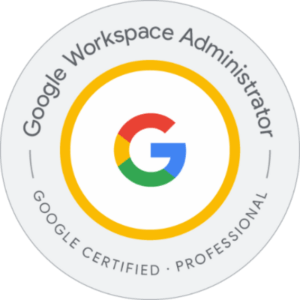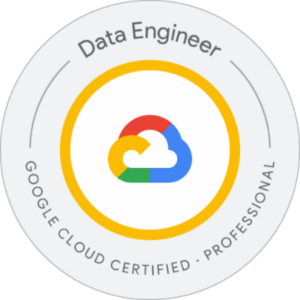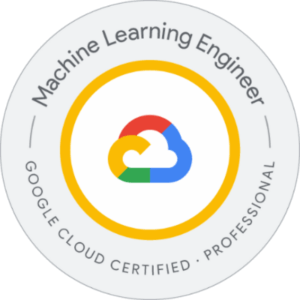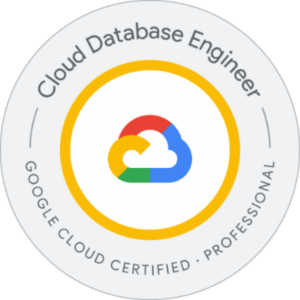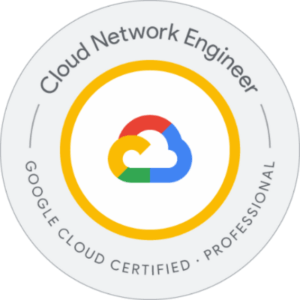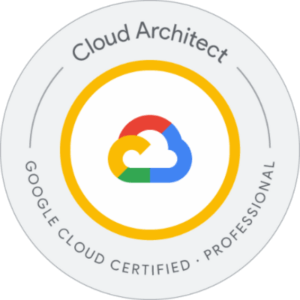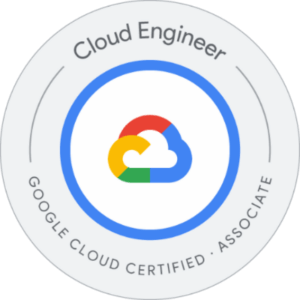Calendario
Estamos preparando nuevas convocatorias, déjanos tus datos a través del formulario y te avisaremos en cuanto estén disponibles.
Acerca del curso
El curso Understanding Google Cloud Security and Operations examina la administración de costos, la seguridad y las operaciones en la nube. Primero, explora cómo las empresas pueden optar por mantener parte (o nada) de su propia infraestructura mediante la compra de servicios de TI de un proveedor de la nube. A continuación, explica cómo se comparte la responsabilidad de la seguridad de los datos entre el proveedor de la nube y la empresa, y explora la seguridad de defensa en profundidad integrada en Google Cloud. Finalmente, cubre cómo los equipos de TI y los líderes empresariales deben repensar la administración de recursos de TI en la nube y cómo las herramientas de monitoreo de recursos de Google Cloud pueden ayudarlos a mantener el control y la visibilidad sobre su entorno de nube.
Cualquier profesional comercial o equipo de una organización interesado en aprender sobre los cambios operativos con la tecnología de Google Cloud, incluyendo la administración de costos, la seguridad y el monitoreo de recursos de TI.
- Describir la gobernanza financiera en la nube y las mejores prácticas recomendadas de Google Cloud para una gestión eficaz de los costos de la nube.
- Definir un modelo de responsabilidad compartida para una seguridad óptima en la nube.
- Explicar cómo los equipos de TI y los líderes empresariales pueden usar los principios de DevOps y SRE para aumentar la eficiencia operativa de la nube.
- Identificar las soluciones de Google Cloud para el monitoreo de recursos en la nube y la gestión del rendimiento de las aplicaciones.
No existen requisitos previos para tomar este curso.
Módulo 1: Introduction
Objetivos:
Gain an overview of the course structure and content breakdown.
Temas:
- Course introduction
- Student slides
Módulo 2: Financial Governance in the Cloud
Objetivos:
- Explain how to think about the total cost of ownership (TCO) in the cloud.
- Describe best practices for effective cloud cost management.
Temas:
- Introduction
- Fundamentals of cloud cost management
- Total cost of ownership
- Best practices for managing Google Cloud costs
Módulo 3: Security in the cloud
Objetivos:
- Identify today’s top cybersecurity challenges and threats to data privacy.
- Explain what is meant by a ‘Shared Responsibility Model’ and how customers can use Google Cloud tools to implement their chosen security policies.
Temas:
- Introduction
- Fundamental terms: Privacy, security, compliance and availability
- Today’s top cyber security challenges
- Shared Responsibility Model – Part I
- Shared Responsibility Model – Part II
- Identity and access management
- Resource hierarchy
Módulo 4: Monitoring Cloud IT Services and Operations
Objetivos:
- Define monitoring, logging, and observability within the context of cloud operations.
- Identify the Google Cloud resource monitoring and maintenance tools.
- Differentiate DevOps from SRE.
Temas:
- Introduction
- IT development and operations challenges
- DevOps and SRE
- Google Cloud resource monitoring tools
Módulo 5: Summary
Objetivos:
Breakdown of module learning objectives
Temas:
- Review the key topics and core concepts covered in this course.
- Find additional resources to continue your learning.
Documentación oficial para el curso Understanding Google Cloud Security and Operations.
- Formador certificado por Google Cloud.
- Más de 5 años de experiencia profesional.
- Más de 4 años de experiencia docente.
- Profesional activo en empresas del sector IT.
Solicita información
Descargar programa
Descargar matrícula
Si no has encontrado lo que buscabas, prueba buscar tu curso o certificación aquí
Acerca del curso
El curso Infrastructure and Application Modernization with Google Cloud explora los desafíos de una infraestructura de TI obsoleta y cómo las empresas pueden modernizarla utilizando tecnología en la nube. Ofrece una variedad de opciones de computación en la nube y los beneficios de cada una, antes de pasar a la modernización de aplicaciones y las API. El curso también describe algunas soluciones de Google Cloud que pueden ayudar a las empresas a desarrollar y administrar mejor sus sistemas.
Cualquier profesional de negocios o equipo de una organización interesado en aprender a desbloquear el valor de los sistemas de TI tradicionales y modernizar las aplicaciones con la tecnología de Google Cloud puede beneficiarse de este curso.
- Describir los beneficios clave de la modernización de la infraestructura y las aplicaciones con referencia a la tecnología de la nube.
- Diferenciar entre máquinas virtuales, contenedores y Kubernetes.
- Explicar las soluciones de Google Cloud que ayudan a las empresas a administrar mejor sus sistemas, como App Engine y Google Kubernetes Engine.
- Explicar cómo las soluciones de Google Cloud respaldan la modernización de aplicaciones y simplifican la administración de API.
No existen requisitos previos para tomar este curso.
Módulo 1: Introduction
Objetivos:
Gain an overview of the course structure and content breakdown.
Temas:
- Course introduction
- Student slides
Módulo 2: Modernizing IT Infrastructure with Google Cloud
Objetivos:
- Explain why legacy infrastructure struggles to deliver modern services to customers.
- Define private, hybrid, and multi-cloud infrastructures, and how businesses gain value from them.
- Identify the Google Cloud solutions that help businesses modernize their infrastructure.
Temas:
- Introduction
- Infrastructure Modernization
- Understanding compute options in the cloud
- Hybrid and multi-cloud architectures
- Google Cloud Compute Solutions
Módulo 3: Modernizing Applications with Google Cloud
Objetivos:
- Describe patterns for modernizing and developing applications.
- Explain Google Cloud core solutions for application development and modernization.
Temas:
- Introduction
- Cloud change patterns
- Challenges in application development
- Google Kubernetes Engine
- App Engine
- Customer case studies
Módulo 4: The Value of APIs
Objetivos:
- Explain how APIs can create new business models and support app modernization.
- Explain how Apigee simplifies API management.
Temas:
- Introduction
- Legacy system challenges
- How APIs can modernize legacy systems
- Using APIs to create new business value
- Apigee
Módulo 5: Summary
Objetivos:
Breakdown of module learning objectives
Temas:
- Review the key topics and core concepts covered in this course.
- Find additional resources to continue your learning.
Documentación oficial para el curso Infrastructure and Application Modernization with Google Cloud.
- Formador certificado por Google Cloud.
- Más de 5 años de experiencia profesional.
- Más de 4 años de experiencia docente.
- Profesional activo en empresas del sector IT.
